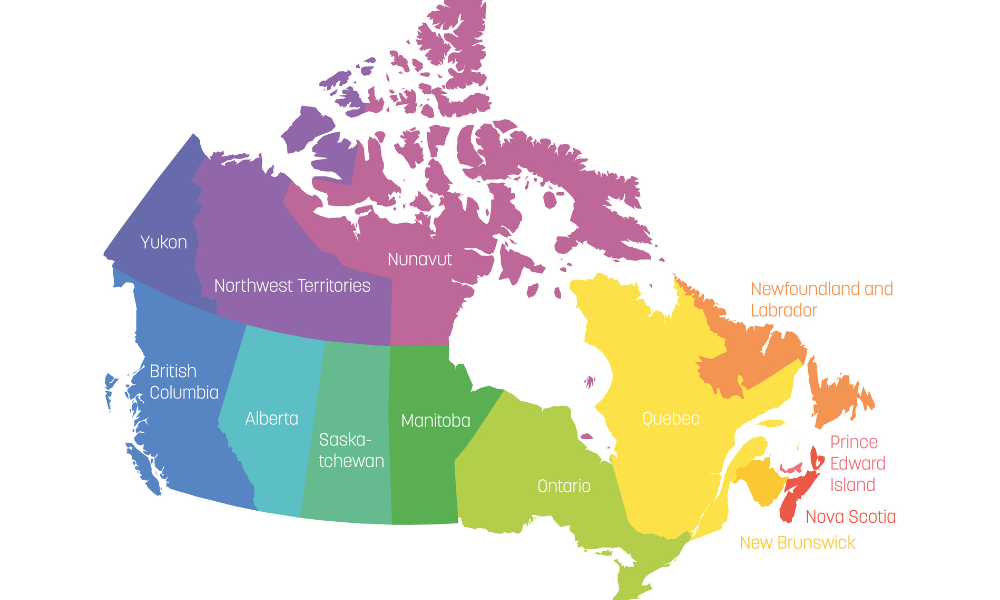Skills training, culturally appropriate programming among possible solutions

More than 350,000 young Indigenous people will come of employment age in less than six years, and they could boost the country’s economy by $27.7 billion per year if they are given the right employment supports, according to a report from the Canadian Council of Aboriginal Business (CCAB) and the Diversity Institute at Ryerson University.
However, this group continues to face challenges to employment. Numbers from 2016 indicate that the Indigenous employment rate was 8.4 percentage points below the non-Indigenous rate while their labour force participation is four percentage points below the non-Indigenous rate.
The unemployment rate for Indigenous people is also 7.8 percentage points above the non-Indigenous rate, according to the report Mapping the Landscape: Indigenous Skills Training and Jobs in Canada.
"COVID 19 has exacerbated existing disparities in the employment and skills ecosystem and Indigenous communities are among the hardest hit which lack much of the essential infrastructure to respond – including educational supports, broadband infrastructure and the social and economic resources to adapt," says Andrew Avgerinos, research associate at the CCAB and report co-author.
The main reason for a lack of workforce participation cited by people from across all Indigenous population groups is a lack of available jobs (60.3 per cent ), says the report, “with other major barriers cited including a lack of education and training and a lack of prior work experience to qualify candidates for advertised positions.”
By 2016, the high school completion rate for Indigenous people was 14.8 percentage points lower than the non-Indigenous completion rate. Indigenous people are also lagging when it comes to the university completion rate (18.8 percentage points lower than the non-Indigenous rate) and college or trades completion rate (2.6 percentage points lower than the non-Indigenous rate).
However, even if Indigenous people find employment, they still have weaker earning powers. Their median income was 26.6 percentage points below the non-Indigenous median income.
“Despite the challenges, there are many bright spots. With earlier intervention and pre-employment training, culturally appropriate programming to upgrade essential skills as well as wrap-around services such as transportation support and affordable, accessible childcare, rates of employment and success can be significantly improved,” says the Diversity Institute.
Wage gaps persist between men and women as well as between white, Indigenous and visible minority groups despite a wide range of legislation intended to close them, according to a report from the C.D. Howe Institute released in January.
Also in January, the Industry Training Authority (ITA), a government agency in British Columbia, announced it is investing $7.5 million to support six two-year training programs meant to help Indigenous communities get into the workforce.




